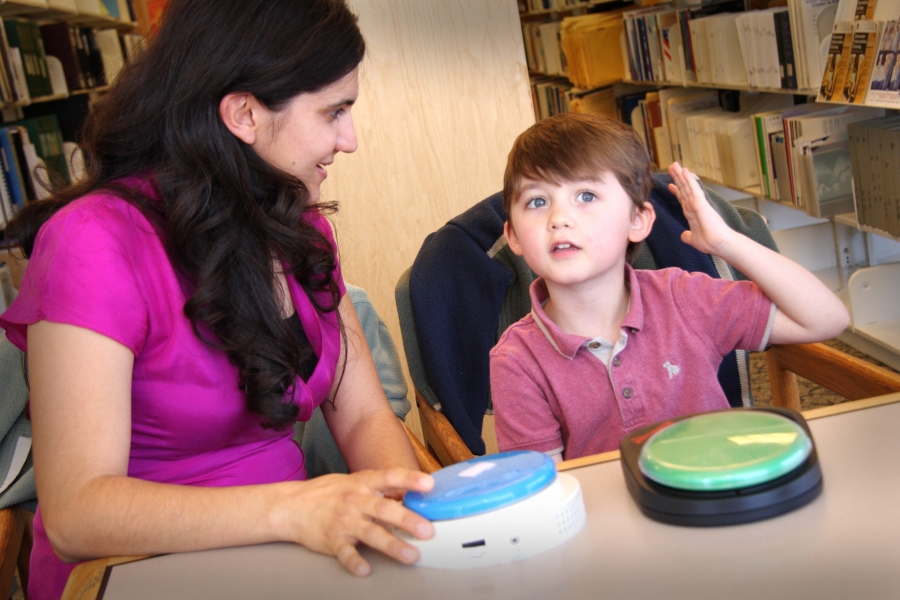Electropalatography (EPG) is a technique used to monitor contacts between the tongue and hard palate, particularly during articulation and speech.
A custom-made artificial palate is molded to fit against a speaker’s hard palate. The molded palate contains sensors that are activated by the surface of the tongue. When contact occurs between the tongue surface and any of the sensors, a visual image is generated by the computer program providing easily understandable biofeedback information.
This procedure can record details of tongue activity during speech. It can provide direct articulatory information that children can use in therapy to monitor and improve their articulation patterns. Visual feedback is very important in the success of treating children with severe articulation disorders.
Effectiveness in Therapy
Electropalatography has been studied in a variety of populations, including children with cleft palate, children with Down syndrome, children who are deaf, children with cochlear implants, children with cerebral palsy and adults with Parkinson’s disease. Therapy has proved to be successful in tested populations.
EPG in Speech and Language Pathology
“Electropalatography therapy derives its effectiveness from enabling children to develop conscious control of the internal cues associated with tongue control” (p. 520) *
“Change in tongue position can be more accurately monitored and evaluated by the client as well as by the clinician linking the client as a powerfully active participant in treatment” (p.73). **
* Gibbon F. E., & Wood S. E. (2010). Visual feedback therapy with electropalatography. In A. L. Williams, S. McLeod, & R. J. McCauley (Eds), Interventions for Speech Sound Disorders in Children (pp. 509-536). Baltimore, MD: P H Brooks Publishing Company
**Schmidt, A. M. (2007). Evaluating a new clinical palatometry system. Advances in Speech-Language Pathology, March 2007; 9(1): 73-81


Recent Comments